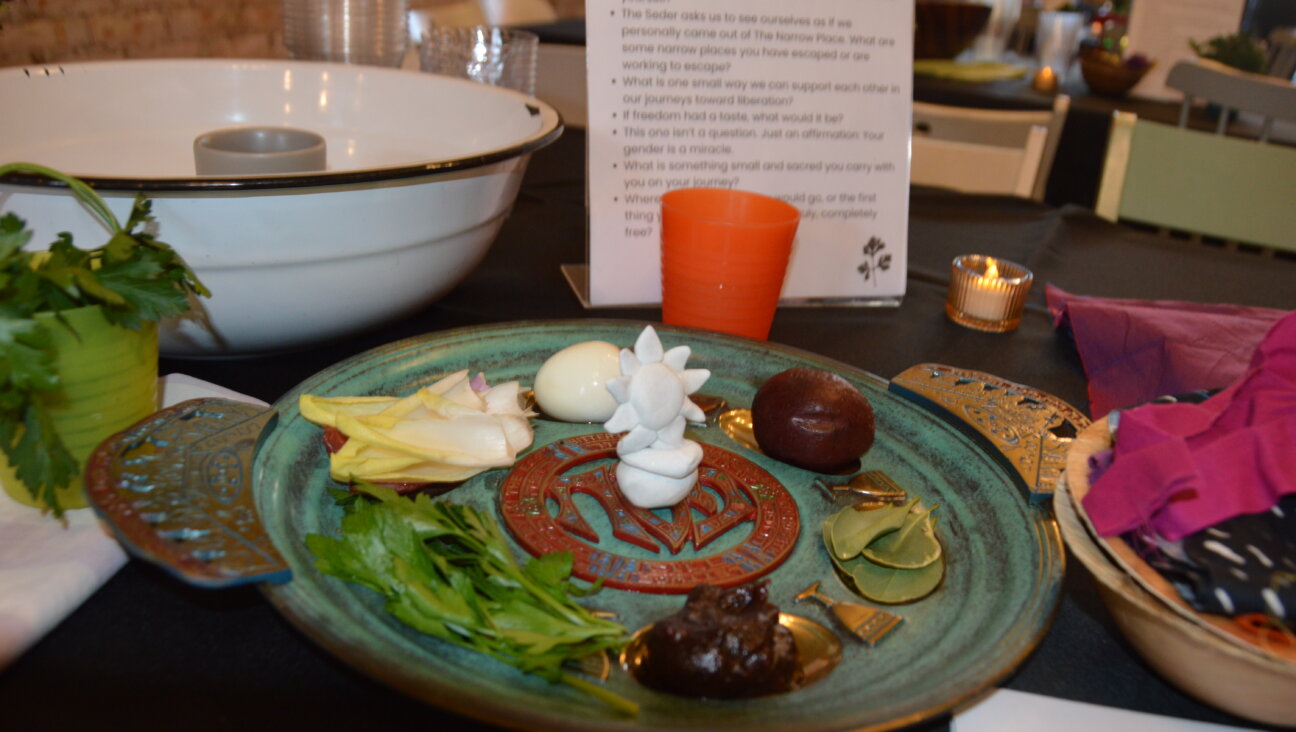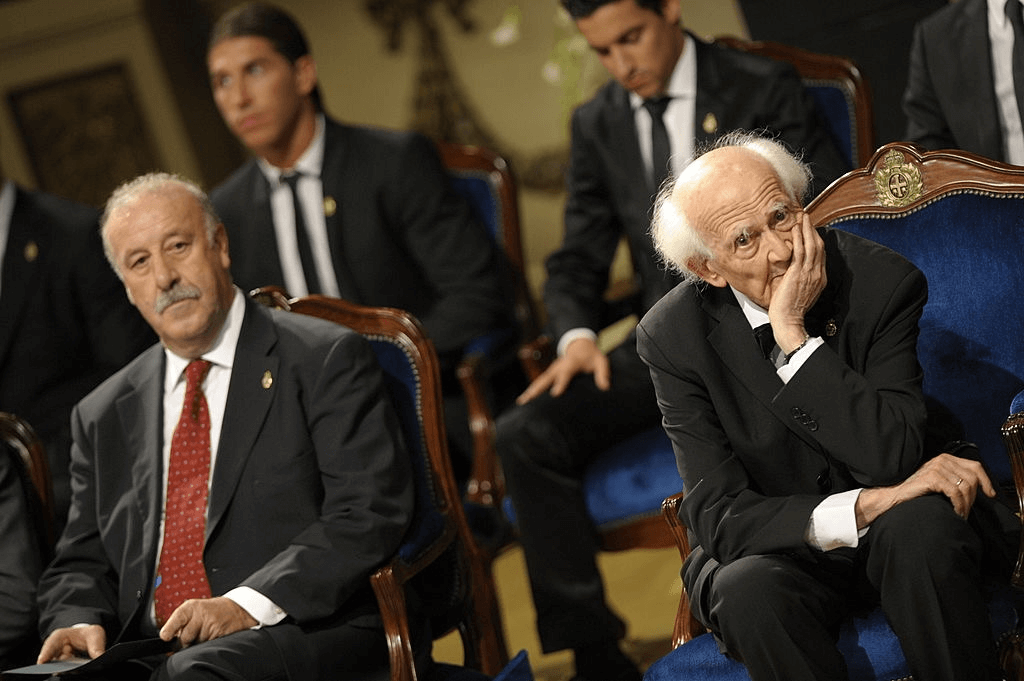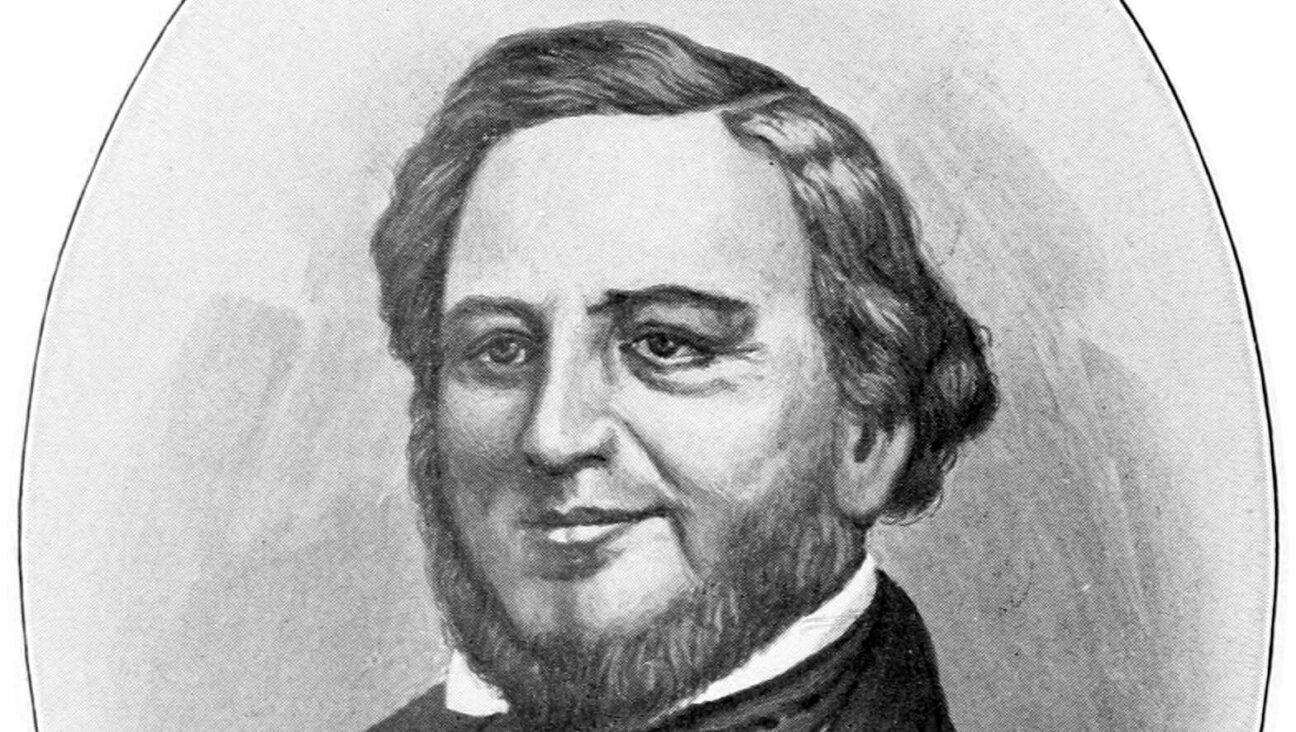Drawing on Hitler’s Book

From the project Notre Combat by Linda Ellia; one of 600 works on paper; artist: Antonia Aimini. Courtesy of the Contemporary Jewish Museum.
On the way to the Contemporary Jewish Museum of San Francisco where Our Struggle: Responding to Mein Kampf opened on February 11 for a five-month run, a cranky neighborhood in my mind muttered, “History is bunk.” Then I remembered that the phrase was coined by Henry Ford, the carmaker and antisemite, and I was tossed back into history.
Being Jewish means looking both ways for oncoming history. Linda Ellia, the French-Jewish artist who conceived and organized Our Struggle, learned that lesson in 2005. That’s when her 17-year-old daughter returned from a friend’s house with a French-language edition of “Mein Kampf,” or “My Struggle,” Hitler’s blueprint for war and Jew hatred. Hitler wrote the German original in 1924, when he was an unknown prisoner in a Munich jail. With his rise to power, Germany made “Mein Kampf” a best-seller.
Ellia felt compelled to respond to the copy of “Mein Kampf” that had entered her home. She felt that the book was still a seed of destruction waiting to fall in ripe ground and sprout horrors.
Visitors to Our Struggle can get an idea of what stirred Ellia, because the exhibit includes an oversized display copy of “Mein Kampf” on loan from the Holocaust Center of Northern California. There is a shock in seeing it, and a shock in experiencing what it does to your guts, your suddenly woozy head. The book’s dull heaviness, the color and size of a child’s tombstone, makes real what you thought you already knew, already understood — the millions dead, the grisly details.
Ellia found herself removing pages from her copy, and drawing, commenting on, and painting over those pages. It felt good. She decided that every single page should get the same treatment. So through personal contacts and visitors to her blog, she invited 600 helpers from 17 countries to contribute their own responses to “Mein Kampf.” Ellia handed and mailed out the pages to her volunteers, who included artists and nonartists. And she approached the project the same way Butch Cassidy approached knife fights: no rules.
Our Struggle is the result. There are 450 reworked and, for the most part, anonymously produced pages displayed on the walls and tables, complemented by two screens that scroll silently through all 600 pages that Ellia and her contributors created. The gallery also contains a small screening room showing a short film about Ellia and her project.
Many pages serve as canvases for drawings, paintings or other artworks, with the text partly or wholly obliterated. Some are more successful than others at discovering an imaginative antidote to the poisonous work. Grotesque images, such as one of conjoined twins sharing a deformed leg, mistakenly place earnestness on a pedestal. But the exhibit rewards the patient visitor. There are wonderful examples of witty madness here, which fight against Hitler’s words in the spirit of the “Springtime for Hitler” musical number in Mel Brooks’s “The Producers.” One drawing, done in the hyperbolic style of Mad magazine’s Harvey Kurtzman, depicts Hitler at a one-armed bandit slot-machine that dispenses skulls instead of coins. Another contributor assembled a crazy “Summer of Love” collage using Peter Max’s “Yellow Submarine” approach, complete with a Blue Meanie whose inhuman grin seems just right.
Even better are the pages that find ways to respond to the words themselves. One contributor transformed a page into a cartoon panel of skull-headed Nazis, with text bubbles that indicate they are speaking selected words such as concentrer, méthode, “partisans” and meute juive. Someone else scanned a page into a computer and used a program to distort the words as they are pushed into a corner with a broom. Ellia herself imprisoned a page in sturdy wire, suggesting both Hitler’s intentions toward the world and ours toward him.
As I leaned over a table display case, I saw a rolled-up page with a gold band across its middle. I thought that this was its metamorphosis into a mezuzah. Leaning closer, I could read the word on the gold band: Churchill. Of course. A cigar for that great wartime leader to smoke. He would have enjoyed it. But my (Jewish) confusion was revealing, like when the hero of Philip Roth’s short story “Defender of the Faith” observes an officer pounding his torso. “Heart,” he thinks. “Guts,” the officer says.
One creation that made me laugh with pleasure is a page that’s been worked over with a hole punch. The punch has spared no line or word, and the mutilation seems like the work of an editor unhinged by Hitler’s deranged book. The crowning touch of the page is what is neatly tacked to its center: a tiny plastic bag containing all the little punched-out dots.
Some years ago, there was a book about the debate over the literary canon, called “The Book Wars.” Well, part of Hitler’s war against the Jews was a book war. In Rabbi Joseph Telushkin’s 1991 work “Jewish Literacy: The Most Important Things To Know About the Jewish Religion, Its People and Its History” (William Morrow), Telushkin writes that “Hitler’s hatred was directed as much against Judaism and its notion of God as against the Jews themselves.” Specifically, Hitler hated the Jews’ first, greatest (and shortest) book, the Ten Commandments. Hitler called it the “life-denying Ten Commandments.” Life denying, that is, if your life’s work is killing, which his was. Our Struggle is a worthy battle in the book war.
Mark Cohen is the editor of the forthcoming book “Missing a Beat: The Rants and Regrets of Seymour Krim”(Syracuse University Press).
The Forward is free to read, but it isn’t free to produce

I hope you appreciated this article. Before you go, I’d like to ask you to please support the Forward.
Now more than ever, American Jews need independent news they can trust, with reporting driven by truth, not ideology. We serve you, not any ideological agenda.
At a time when other newsrooms are closing or cutting back, the Forward has removed its paywall and invested additional resources to report on the ground from Israel and around the U.S. on the impact of the war, rising antisemitism and polarized discourse.
This is a great time to support independent Jewish journalism you rely on. Make a Passover gift today!
— Rachel Fishman Feddersen, Publisher and CEO
Most Popular
- 1
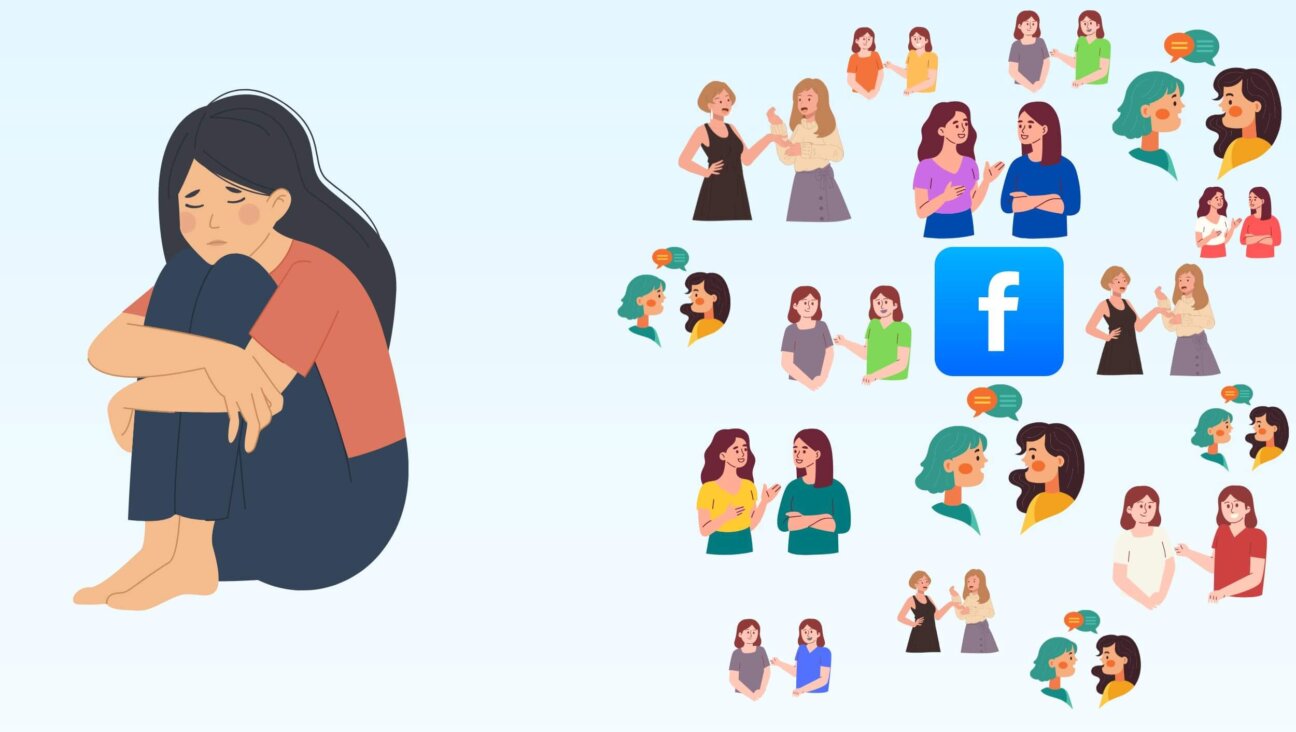
Opinion My Jewish moms group ousted me because I work for J Street. Is this what communal life has come to?
- 2

Opinion Stephen Miller’s cavalier cruelty misses the whole point of Passover
- 3

Opinion I co-wrote Biden’s antisemitism strategy. Trump is making the threat worse
- 4

Opinion Passover teaches us why Jews should stand with Mahmoud Khalil
In Case You Missed It
-
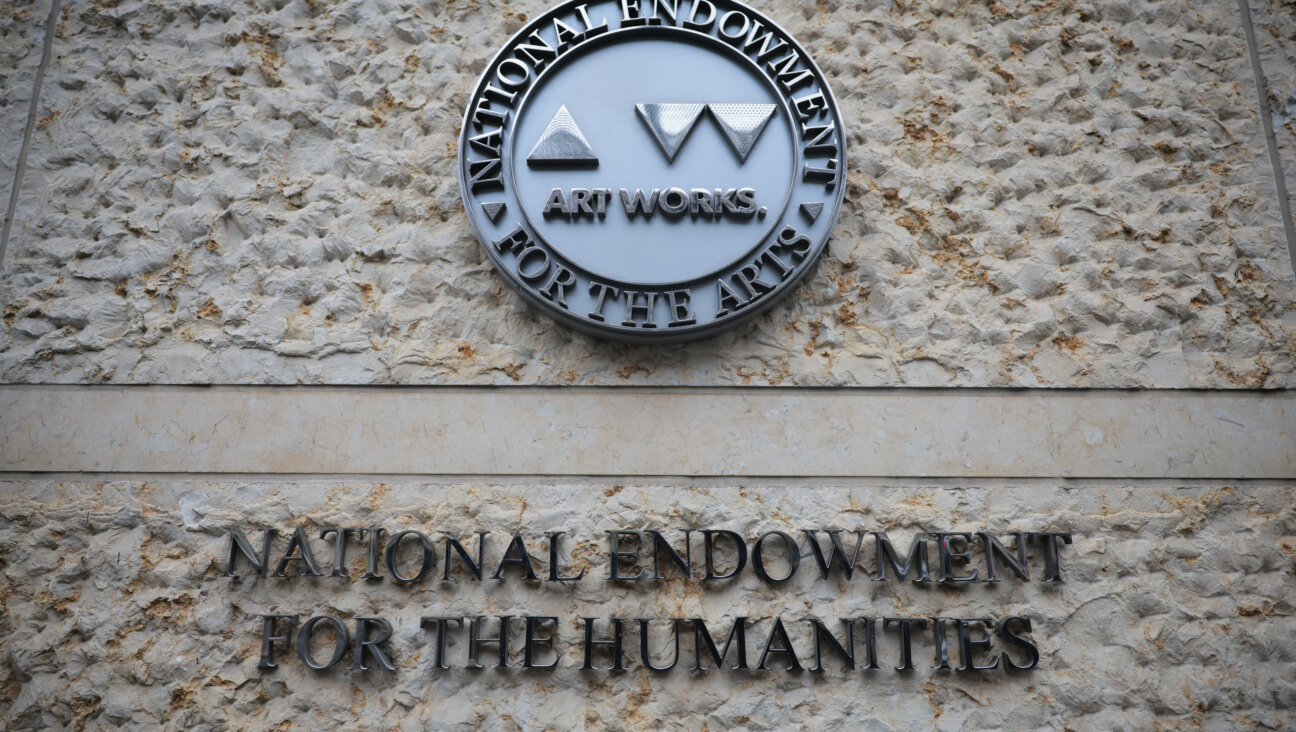
Culture Jews thought Trump wanted to fight antisemitism. Why did he cut all of their grants?
-

Opinion Trump’s followers see a savior, but Jewish historians know a false messiah when they see one
-
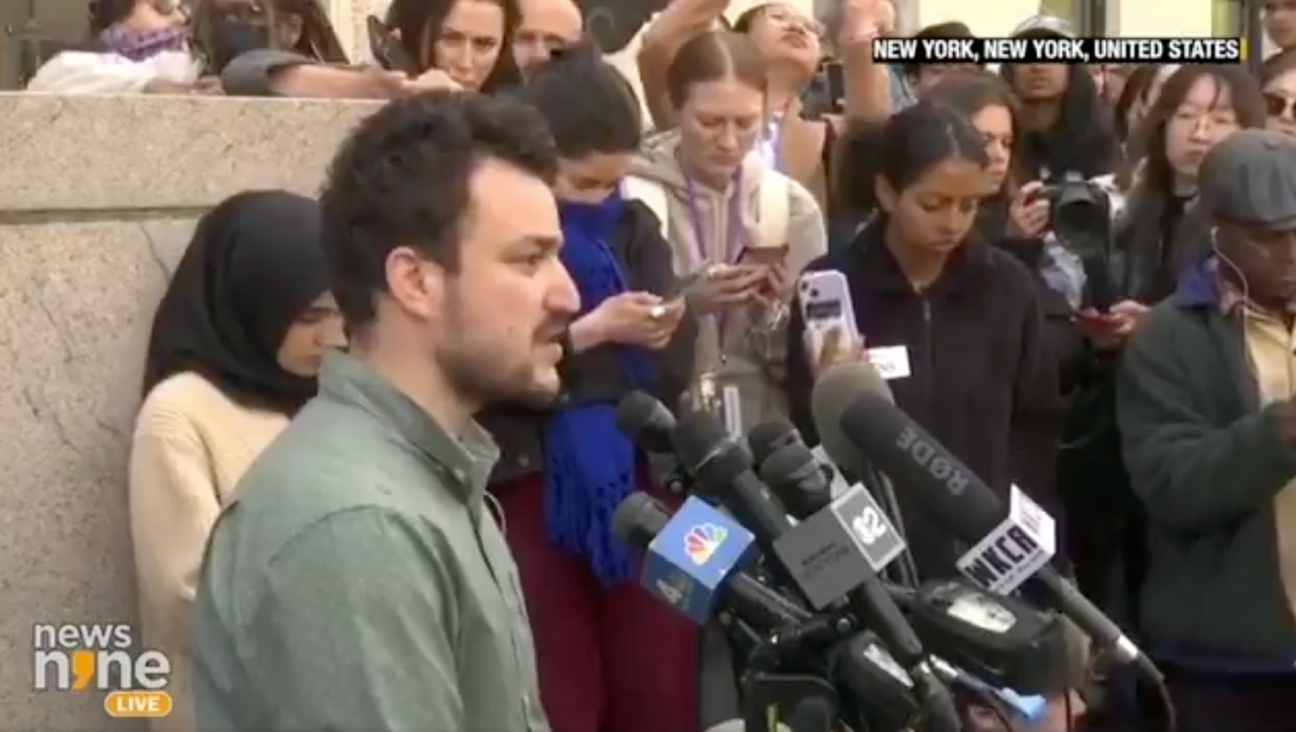
Fast Forward Trump administration can deport Mahmoud Khalil for undermining U.S. foreign policy on antisemitism, judge rules
-

Opinion This Passover, let’s retire the word ‘Zionist’ once and for all
-
Shop the Forward Store
100% of profits support our journalism
Republish This Story
Please read before republishing
We’re happy to make this story available to republish for free, unless it originated with JTA, Haaretz or another publication (as indicated on the article) and as long as you follow our guidelines.
You must comply with the following:
- Credit the Forward
- Retain our pixel
- Preserve our canonical link in Google search
- Add a noindex tag in Google search
See our full guidelines for more information, and this guide for detail about canonical URLs.
To republish, copy the HTML by clicking on the yellow button to the right; it includes our tracking pixel, all paragraph styles and hyperlinks, the author byline and credit to the Forward. It does not include images; to avoid copyright violations, you must add them manually, following our guidelines. Please email us at [email protected], subject line “republish,” with any questions or to let us know what stories you’re picking up.








